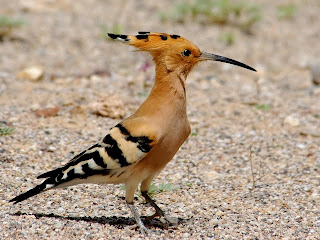Black magic
Black magic is the belief of practices of magic that draws on assumed malevolent powers. This type of magic is invoked when wishing to kill, steal, injure, cause misfortune or destruction, or for personal gain without regard to harmful consequences. As a term, "black magic" is normally used by those that do not approve of its uses, commonly in a ritualistic setting; the argument of "magic having no color, and it is merely the application and use by its user," backs the claim that not everything termed as "black magic" has malevolent intentions behind it, and some would consider it to have beneficial and benevolent uses. These uses could include killing diseases or pests. Practitioners who use magic in this way argue that the effect itself is malevolent by causing death to insects (as in the above example), but as an indirect consequence of black magic, good can be a result, such as in the form of less pests around. In this school of thought, there is n






